Written By: Nick Poulimenakos
This essay was originally written for my action cinema class at the University of Toronto. I received a good mark on it so I thought it would be a great addition do this site.
In a post-classical, “New Hollywood” generation, successful action films often produce sequels leading to a franchise. Each film will finish its contained story but will always, in the end, bring back the lead protagonist and reset the circumstances so that later sequels will bear some similarity to its predecessors. New directors have entered the film scene and have taken aged fictional characters and put them into a new light. This is evident in Christopher Nolan’s adaptation of the comic book character, Batman. Batman has evolved from being a campy crime fighting hero to one of the most multifaceted and engaging figures in fiction. As a character in film, Batman has been adapted many times before his re-emergence in 2005, first on screen in 1966 and between the years of 1989-1997. Director Christopher Nolan and writer David S. Goyer decided to take a darker, realistic and more action based approach with mortality and practicality being the basis of the films. Nolan’s films relied on scale models, practical stunts and real explosions with marginal use of computer-generated imagery. Scholarly film reviewer Gary Tognetti adds to this point saying in his review of The Dark Knight “I find it rather novel that a film about a pulp hero created for the amusement of adolescent boys has managed to enjoy such unprecedented commercial success while offering its audience as pessimistic a thesis on the state of western civilization” (Tognetti, 3). Nolan takes a classic character and thrusts him into a real world setting with real human problems. This essay will analyze Nolan’s Batman Begins (2005) and The Dark Knight (2008) from a thematic, critical and historical point of view. The essay will examine the similarities and differences between the two films on topics such as characters, plot design, space of action, the salient devices, the shifting themes and ideological tendencies presented in both films.
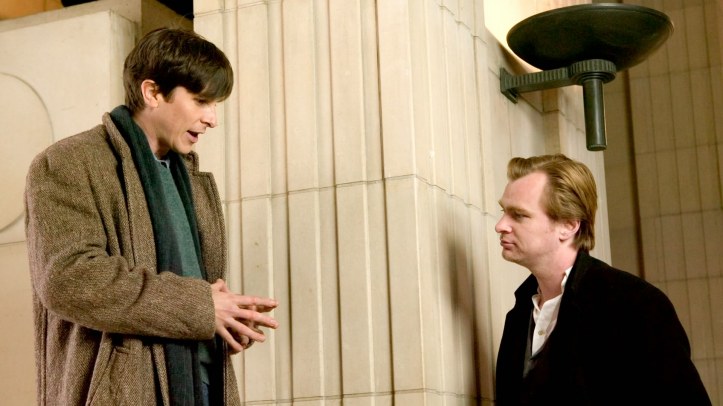
What makes Nolan’s take on Batman distinct from other adaptations is his focus on the characters of the story. In both films, he presents three distinct character types. The first is the protagonist with a tragic backstory, Batman (Christian Bale). As Bruce Wayne, he witnessed as a child, his parents murder. Using this tragedy, Bruce sets out on a journey to rid his city of Gotham from the crime that has consumed it. Kyle Killian PhD said it best in the paper “Batman (and World War III) Begins: Hollywood Takes on Terror” when he writes “How does Bruce Wayne go from an orphan who has fallen down a well at the film’s opening to savior of a city?” (Killian, 1). Nolan demonstrates in both films that ultimately, Bruce Wayne is a hero, bent on saving his city so that no person should ever be put through what he witnessed as a child. In Molly Hatcher’s “The Dark Knight Under Revision” she describes this moment as “the birth of Batman” explaining “…see little of Bruce’s reaction to the shooting, besides tears, and a personal reflection days later when young Bruce prays by his bedside and avows to avenge his parents’ death by pursuing a life of crime-fighting” (Hatcher, 5). How he does it in both movies is different. In Batman Begins, Batman relies more on his fists for fighting criminals while using his gadgets as a secondary source.
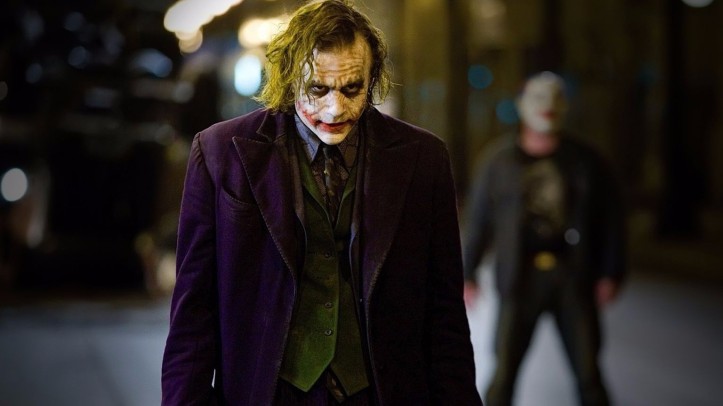
In The Dark Knight, the action sequences showcase Batman using many gadgets that assist in fighting crime. Whether it is the batmobile, or sonar devices, Batman’s level of action is nearly doubled in the sequel. The second character type is the main villain, an equal to the hero in terms of skill, and strength and is there to bring chaos to Gotham. In Batman Begins, it is Liam Neeson’s character, Ra’s Al Ghul. In The Dark Knight, it is Heath Ledger as the archenemy of Batman, the Joker. Both villains operate with the same goal, to bring Gotham to its knees. However, both do it very differently. During the final action sequence of Begins, Neeson’s character unleashes a fear toxin into Gotham and watches it burn itself to the ground. He almost succeeds until Batman intervenes. The Joker on the other hand puts Gotham through misery in a more deranged way. In each action packed battle, Joker escalates his villainy each time with a new and convoluted scheme, going from showing up at Harvey Dent’s (Aaron Eckart) political party to blowing a Gotham hospital in spectacular fashion. Nolan’s “realistic” take on these two characters is what differentiates them. He writes Ra’s as this magical, centuries old man who has seen the world and its corrupt ways. For the Joker however, Nolan writes him as a man who, like Batman, had “one bad day” but unlike Batman, gave in to the madness and lost his humanity. The third and final character type is the protagonist’s confidant and father figure, Bruce Wayne’s butler Alfred, played by Michael Caine. Having been with the Wayne family since Bruce was a baby, Alfred became Bruce’s legal guardian after Bruce lost his parents. While not participating in the action, Alfred helps Batman research his foes, nurse him back to health, and keeps him on the straight and narrow path. This is best explained by Zeynep Ekin Bal and Muge Caroline Dikencik in their paper “The Dark Knight and the Ideology Behind” in which they explain that “Alfred Pennyworth, he is portrayed as a good, just and occasionally sarcastic man and we see that he has been serving Bruce Wayne for years being always by his side and being contempt with his own position” (Bal & Dikencik, 3). Alfred stands by Bruce at all times, except for actually being on the streets fighting criminals.
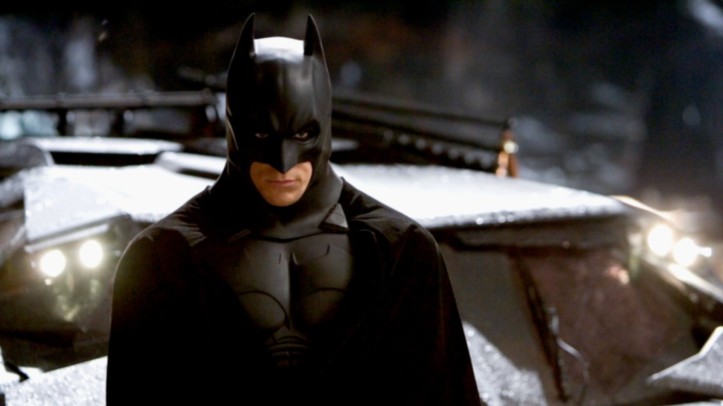
When conceiving the idea for a film, the most important aspect is having a well thought out plot. When deciding how Batman Begins should play out, Nolan was looking to make a film unlike any other. He decided to use the quest narrative structure with a twist, arranging Batman Begins into three parts, the setup, the development and the climax/resolution. What makes Batman Begins unique is that it is a non-linear story. The film is edited in a way that it jumps from Bruce’s time training with the League of Shadows to present day Gotham to Bruce’s past life before becoming a trainee under Ra’s. Alex Wainer, author of the scholarly journal “Soul of the Dark Knight” writes about this saying “Nolan’s films as consciously drawing upon and appropriating myths, both within the screen story through Bruce Wayne’s strategic adoption and construction of the mythic Batman persona and in Nolan’s broader weaving of a quest narrative (in 2005’s Batman Begins)” (Wainer,3). Nolan builds up this myth around Batman demonstrating key aspects of his life that led him to becoming Gotham’s caped crusader.
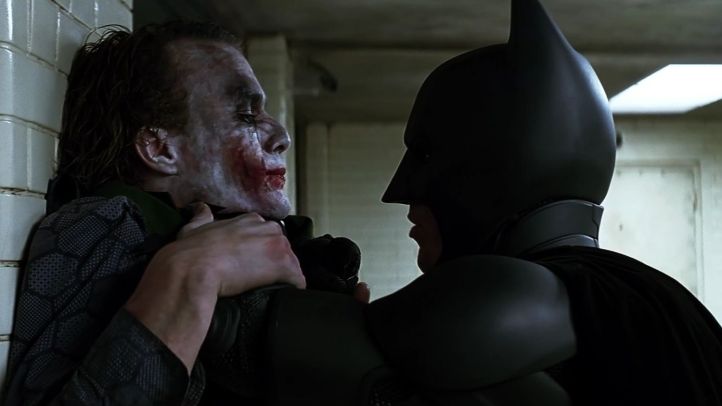
The same cannot be said about The Dark Knight. Nolan uses a classical narrative structure with this film. The story is linear and each scene builds upon the last. There are no flashbacks to the past as the story is permanently set in Gotham. When analyzing the action sequences of both films, The Dark Knight is the more action packed of the two. While Batman Begins has its share of action, it is more of a character driven story, focusing on Bruce Wayne and his journey to becoming a superhero. The Dark Knight, while still a character driven story, nearly triples the action sequences and not just for the hero. The Joker has his share of the action, from robbing banks to blowing up the police precinct. The action in both films is integral to the plot as it shows that no matter the threat, Batman will always protect Gotham. The Joker and Ra’s display how Gotham is beyond saving but Batman is not fazed by this. He fights with both men because he believes that there is hope for his lost city.
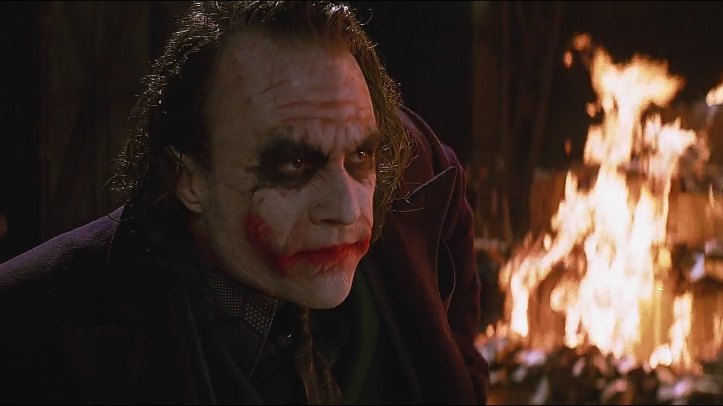
At their core, Batman Begins and The Dark Knight are superhero action films. Each film exhibits both the hero and villain of the story in major action sequences spread throughout the plot. Each sequence serves a specific purpose when dealing with the main characters. For example, in the first action scene of Batman Begins, we are introduced to Bruce Wayne, a rugged man who seems to be on a journey throughout what might be Asia. He is shown fighting off muggers with force and agility. The quick editing style and jump cuts demonstrate how skilled Bruce already is despite not being Batman. By first showing Bruce in a different part of the world instead of Gotham highlights that Bruce did not become Batman overnight. It also demonstrates that the action would not be contained to a single city. After eliminating the muggers, Bruce joins the League of Shadows to hone is skills. However he learns of the League’s murderous ways and decides to destroy it by causing a massive explosion. It’s at this point that Bruce starts to display early signs of his alter-ego. Once again, Nolan uses fast paced editing but decides against hard jump cuts. Bruce is now stronger, more focused and the mild use of jump cuts show that Bruce has mastered his skills and does not use anger as his main source when fighting. The action then shifts to Gotham as Bruce has become Batman. Here the action is more methodical and Nolan shows how mysterious Batman is by not focusing the camera on him when attacking criminals. Nolan’s main focus is to show the fear in criminal’s eyes as they are taken down by Batman. Unlike Begins, The Dark Knight is a self-contained story. All major action sequences take place in Gotham. The main difference between the two films is that at least half of the action scenes in the sequel are caused by the villain. Nolan opts to use longer takes when including the Joker. Even the big explosions that he causes, are not fast paced scenes. While the sequences are high-octane, the scene moves slower to show how insane the Joker is. For example, he takes his time when destroying police headquarters. When Nolan does use jump cuts, it usually shows how Batman can take out multiple goons at once. The editing is still slow but again, Nolan opts to show how developed Batman has become as a superhero. He is now a more calculated fighter knowing when and where to hit. 
The feature that makes Nolan’s Batman films unique are the overarching themes. In, Batman Begins, the theme is “fear.” Nolan’s intentions for this film focuses on a person who faces their deepest fear, rises above it and becomes that same fear. Allusions to this in the film include Bruce Wayne conquering his phobia of bats when training with the League of Shadows. Returning to Gotham, Bruce uses his former fear to his advantage by instilling that fear into the hearts of criminals. The personification of fear also comes from secondary villain, Scarecrow (Cillian Murphy). Scarecrow displays how fear can impact all creatures regardless of strength. This is exhibited in one action sequence where Batman is doused in fear toxin and is helpless as his fear of bats comes to haunt him.

In The Dark Knight, Nolan opted for a different theme, that being “escalation.” The film shows scenes of Gotham being at its weakest point and the people of the city blaming Batman for their troubles. As the Joker’s antics get more extravagant, Batman feels he is further plunging the city into destruction. Kyle Killian PhD writes about this theme saying “Both bring with them their own problems–those of violence and “collateral damage,” escalation, and the nagging [sense] of achieving victory, but at what price?” (Killian, 4). Joker says at one point in the film that they would be “destined to do this forever” (Nolan, The Dark Knight). The action and violence escalates at every turn because Batman refuses to do what is necessary and kill the Joker and this furthers the downfall of Gotham. While ideological tendencies are not really present throughout Batman Begins, The Dark Knight, through the Joker, displays the ideology of chaos and anarchy. Joker has no motive or missions. He is a man who has an extreme dislike for how Gotham operates. When trying to rationalize what the Joker wants, Alfred quickly says “some people just want to watch the world burn” (Nolan, The Dark Knight). This can be seen as very “anti-government” in the sense that Joker has no respect for the law makers of Gotham.

In this cinematic essay, Christopher Nolan’s Batman Begins and The Dark Knight were analyzed from a thematic, historical and critical point of view. The paper compared and contrasted different cinematic topics such as the three main character types used in both films, the structure and design of the main plot, where the action took place and the devices used in them and the overarching themes and ideological tendencies presented by Nolan. When developing these films, Christopher Nolan aimed to eliminate the campy feel that was associated with Batman and portrayed him in a new light. Nolan brought a sense of humanity and realism to a character that seemed above that. Nolan’s action packed, character driven films presented a version of Batman that hadn’t been seen before, one that will be looked at as one of the best superhero franchises in film history.

